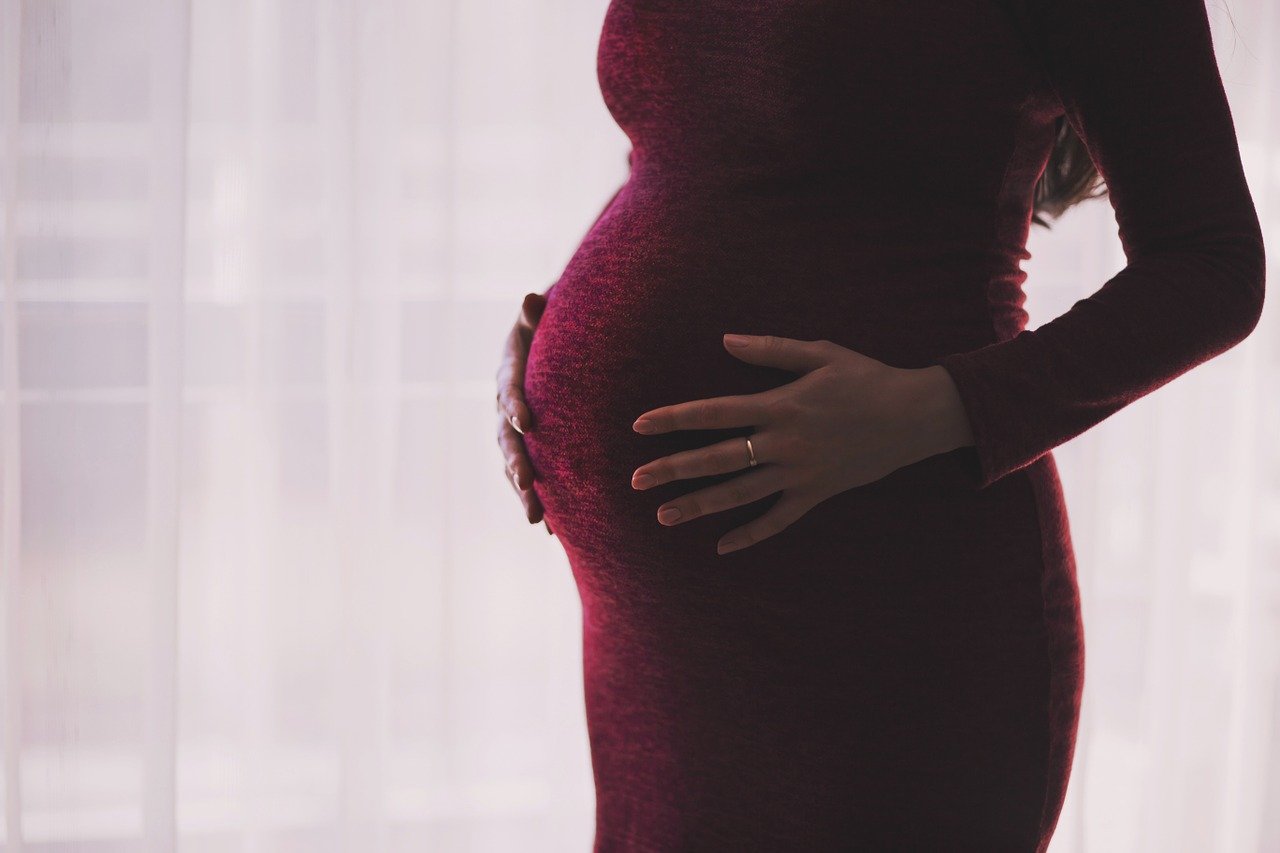KUALA LUMPUR, August 21 – Despite almost universal access to maternal health services, maternal mortality and morbidity rate in Malaysia have stagnated over the last few decades, according to the UNFPA report Enhancing Human Capital through Sexual and Reproductive Health Investments and Family Support Policies in Malaysia.
In order to achieve its aim of becoming a high-income nation in the next few years, Malaysia will have to address the stagnation in maternal mortality ratio (MMR), as the report notes that poor quality maternal health care is appearing to be a more significant barrier to reducing MMR than insufficient access.
During a panel discussion following the launch of the report last month, Dr Raj Karim, vice-president of the Federation of Reproductive Health Association, Malaysia, said when the maternal and child health unit was established in 1971 within the Ministry of Health, its concentration was on survival.
“Survival of mothers and survival of infants because our infant mortality was sky high. And more than 90 per cent of deaths were preventable. Our mothers died of haemorrhage, anaemia, hypertension, infection, complications from pregnancy, and so on.
“During the whole of the 1970s and 1980s, our focus was on how we were going to reduce maternal mortality. And that’s when we started training bidan kampung (village midwives), training health personnels, we did risk assessments, we improved infrastructure and so on.”
These efforts led to a marked improvement in Malaysia’s MMR, which has decreased from 162 to 24 maternal deaths per 100,000 live births in the past 50 years. However in 2021, Malaysia recorded its highest MMR in decades, amidst the Covid-19 pandemic, of 68.2 maternal deaths for 100,000 live births, more than double the figure of the previous year which was 24.9 per 100,000 live births.
In comparison, the MMR in developed countries is approximately 12 maternal deaths per 100,000 live births, half the current rate in Malaysia, notes the report.
Furthermore, a considerable percentage of women in Malaysia suffer from maternal morbidities: 29.3 per cent of new mothers suffer from anaemia, 14.6 per cent from obesity, 13.5 per cent from gestational diabetes, 12.7 per cent from postnatal depression and 5.8 per cent from hypertensive disease.
Maternal morbidities negatively impact the well-being of women and their children, and the costs associated with the treatment/management of these conditions can weaken individual financial security and the sustainability of the healthcare system, according to the report.
Currently, 97.4 per cent of mothers receive at least four antenatal care visits and 99.5 per cent of births are attended by a skilled birth attendant.
However, these standard measures of access do not necessarily mean the quality of maternal care quality provided is adequate or sufficient.
In order to gain a clearer picture of maternal healthcare quality, the World Health Organization (WHO) suggests the “near-miss approach”, whereby the number of women who survived a life-threatening maternal condition are systematically tracked in addition to the number of maternal deaths.
Maternal near-miss is when a woman nearly dies but survives a complication during pregnancy, childbirth or within 42 days of termination of a pregnancy.
Near-miss audits are carried out only by countries that are already conducting maternal death audits.
Through its confidential enquiry into maternal deaths (CEMD), Malaysia is among the few countries that conducts the most comprehensive form of maternal audits, according to the report.
Near-miss mortality ratio (i.e. the number of near-miss cases to the number of maternal deaths) is expected to be lower in poorer-quality settings.
A recent study shows that the near-miss mortality ratio is much lower in Malaysia compared to high-income countries, indicating that severe acute maternal morbidity is more likely to result in death in Malaysia due to poorer-quality care.
The near-miss ratio per 1,000 live births in Malaysia is higher than the near-miss ratio in high-income and higher-middle-income countries.
According to the report, a qualitative study revealed that maternal healthcare quality from the antenatal phase through delivery and postpartum was a problem for women who experienced near-misses.
Maternal care quality issues included misdiagnoses, long waiting times, and inefficient care during antenatal checks. Other quality issues include disrespectful care and lack of clear communication from health care providers during delivery.
In the report, UNFPA Malaysia recommends that the country continue with the CEMD, as it has contributed significantly to reducing maternal mortality, with the aim to eliminate preventable maternal deaths by 2030.
UNFPA also proposes Malaysia scale up its near-miss investigation/audit, which has already been started, in line with WHO guidelines for near-miss audits for maternal care.
The findings from both the CEMD and near-miss investigations must be thoroughly studied to determine any deficiency in quality so that remedial action can be taken.
To reduce persistent maternal morbidity and mortality in Malaysia, an expanded health system focus must emphasise maternal care quality in addition to access, notes the report.












